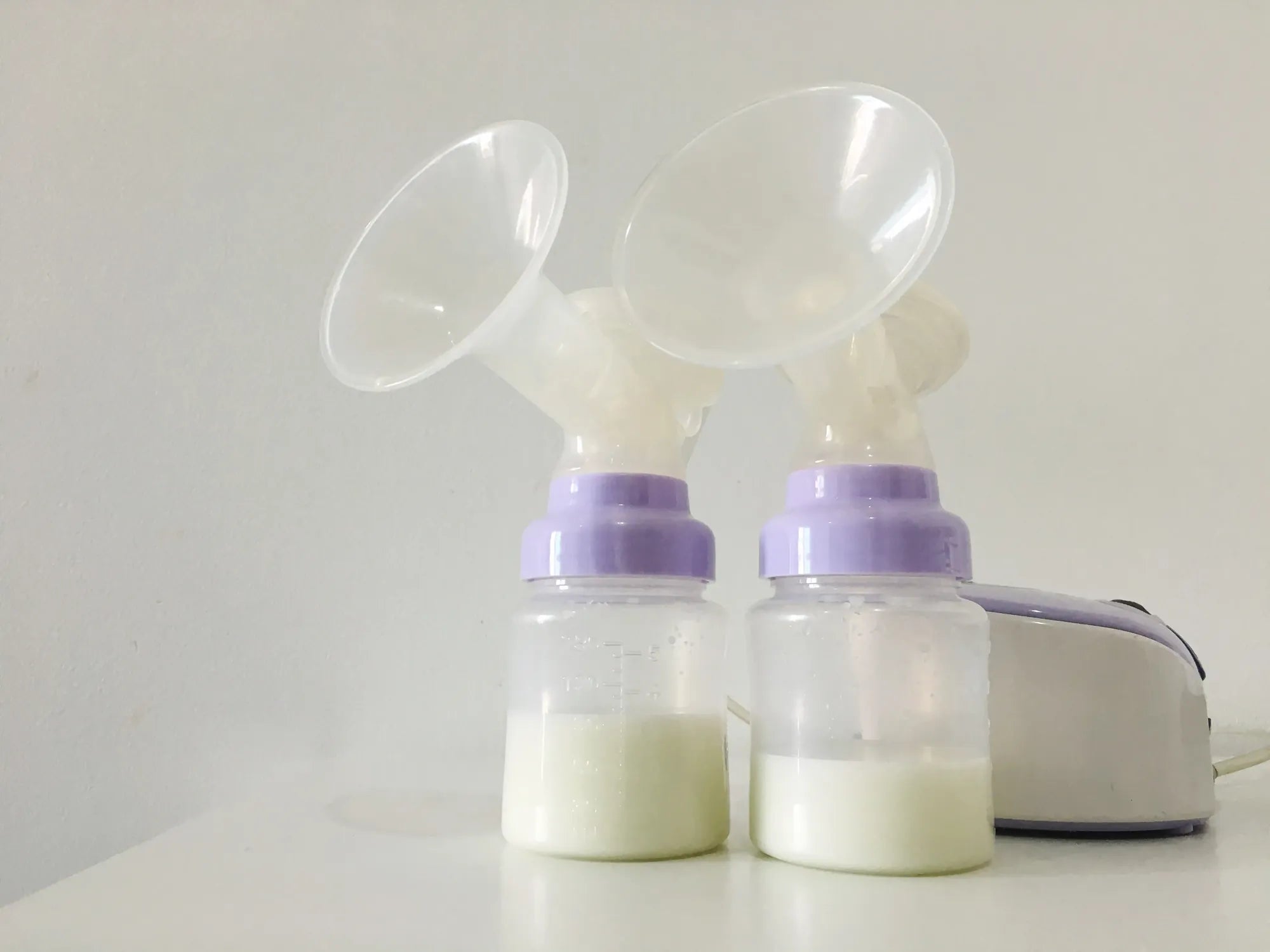Startseite
Pregnancy, Breastfeeding, and Pumping: The Ultimate Guide for Moms
How to Stop Pumping Breast Milk Without Getting Mastitis

How to Stop Pumping Breast Milk Without Getting Mastitis
Deciding to stop pumping breast milk is a significant milestone for many mothers. Whether you're transitioning to formula, introducing solid foods, or simply ready to end your breastfeeding journey, it's essential to do so safely. One of the biggest concerns during this process is avoiding mastitis, a painful breast infection that can occur when milk isn't adequately drained. This guide will walk you through everything you need to know about how to stop pumping breast milk without getting mastitis.
Understanding Mastitis and Its Causes
Mastitis is an inflammation of the breast tissue that can lead to infection. It often occurs when milk ducts become blocked, causing milk to back up. Symptoms include breast pain, swelling, redness, and flu-like symptoms such as fever and chills. While mastitis can happen at any stage of breastfeeding, it's particularly common when mothers abruptly stop pumping or nursing. Understanding the causes can help you take proactive steps to prevent it.
Gradual Weaning: The Key to Success
The most effective way to stop pumping breast milk without getting mastitis is to wean gradually. Abruptly stopping can cause engorgement, which increases the risk of blocked ducts and infection. Here's how to do it safely:
- Reduce Pumping Sessions Slowly: Start by eliminating one pumping session every few days. This gives your body time to adjust and reduces milk production naturally.
- Shorten Pumping Duration: If eliminating sessions feels too drastic, try shortening the duration of each session. For example, if you typically pump for 20 minutes, reduce it to 15 minutes, then 10 minutes, and so on.
- Monitor Your Breasts: Pay attention to how your breasts feel. If they become overly full or uncomfortable, pump just enough to relieve the pressure without fully emptying them.
Stay Hydrated and Maintain a Healthy Diet
While reducing milk production, it's important to stay hydrated and eat a balanced diet. Dehydration can thicken your milk, making it more likely to clog ducts. Focus on drinking plenty of water and consuming nutrient-rich foods that support your overall health. Avoid excessive caffeine and alcohol, as they can dehydrate you and potentially affect milk production.
Use Cold Compresses for Comfort
As you reduce pumping sessions, you may experience engorgement or discomfort. Applying cold compresses can help alleviate these symptoms by reducing swelling and inflammation. You can use a cold pack, a bag of frozen peas, or even a damp washcloth chilled in the freezer. Apply the compress for 15-20 minutes at a time, several times a day as needed.
Wear a Supportive Bra
Wearing a well-fitting, supportive bra can make a big difference during the weaning process. A bra that's too tight can compress your milk ducts and increase the risk of blockages, while one that's too loose may not provide enough support. Opt for a comfortable, breathable bra that fits snugly without being restrictive.
Massage Your Breasts Gently
Gentle breast massage can help prevent blocked ducts and promote milk flow. Use your fingertips to apply light pressure in a circular motion, starting from the outer edges of your breasts and moving toward the nipples. This can help relieve any fullness and encourage milk to flow more freely. Avoid aggressive massage, as it can cause bruising or further inflammation.
Consider Herbal Remedies
Some mothers find herbal remedies helpful in reducing milk production and preventing mastitis. Sage and peppermint are commonly used for this purpose, as they are believed to have natural drying effects on breast milk. However, it's important to consult with a healthcare provider before using any herbal supplements, especially if you're taking other medications or have underlying health conditions.
Know When to Seek Medical Help
While most cases of engorgement and discomfort can be managed at home, it's crucial to recognize when you need medical attention. If you develop symptoms of mastitis, such as a fever, chills, or persistent breast pain, contact your healthcare provider immediately. Early treatment with antibiotics can prevent the infection from worsening and help you recover more quickly.
Emotional Support During the Weaning Process
Stopping pumping breast milk can be an emotional experience for many mothers. It's normal to feel a mix of relief, sadness, and even guilt. Surround yourself with supportive friends, family, or a lactation consultant who can offer encouragement and guidance. Remember that every mother's journey is unique, and there's no right or wrong way to wean.
Plan for the Transition
As you reduce pumping sessions, it's important to plan for the transition to alternative feeding methods. Whether you're introducing formula, cow's milk, or solid foods, ensure that your baby's nutritional needs are met. Consult with your pediatrician to create a feeding plan that works best for your baby's age and development.
Celebrate Your Accomplishment
Finally, take a moment to celebrate your accomplishment. Stopping pumping breast milk is a significant step in your motherhood journey. Acknowledge the hard work and dedication you've put into nourishing your baby, and embrace the next chapter with confidence and pride.
By following these strategies, you can stop pumping breast milk without getting mastitis and ensure a smooth, comfortable transition. Remember to listen to your body, seek support when needed, and take pride in the incredible journey you've undertaken as a mother.
Teilen

